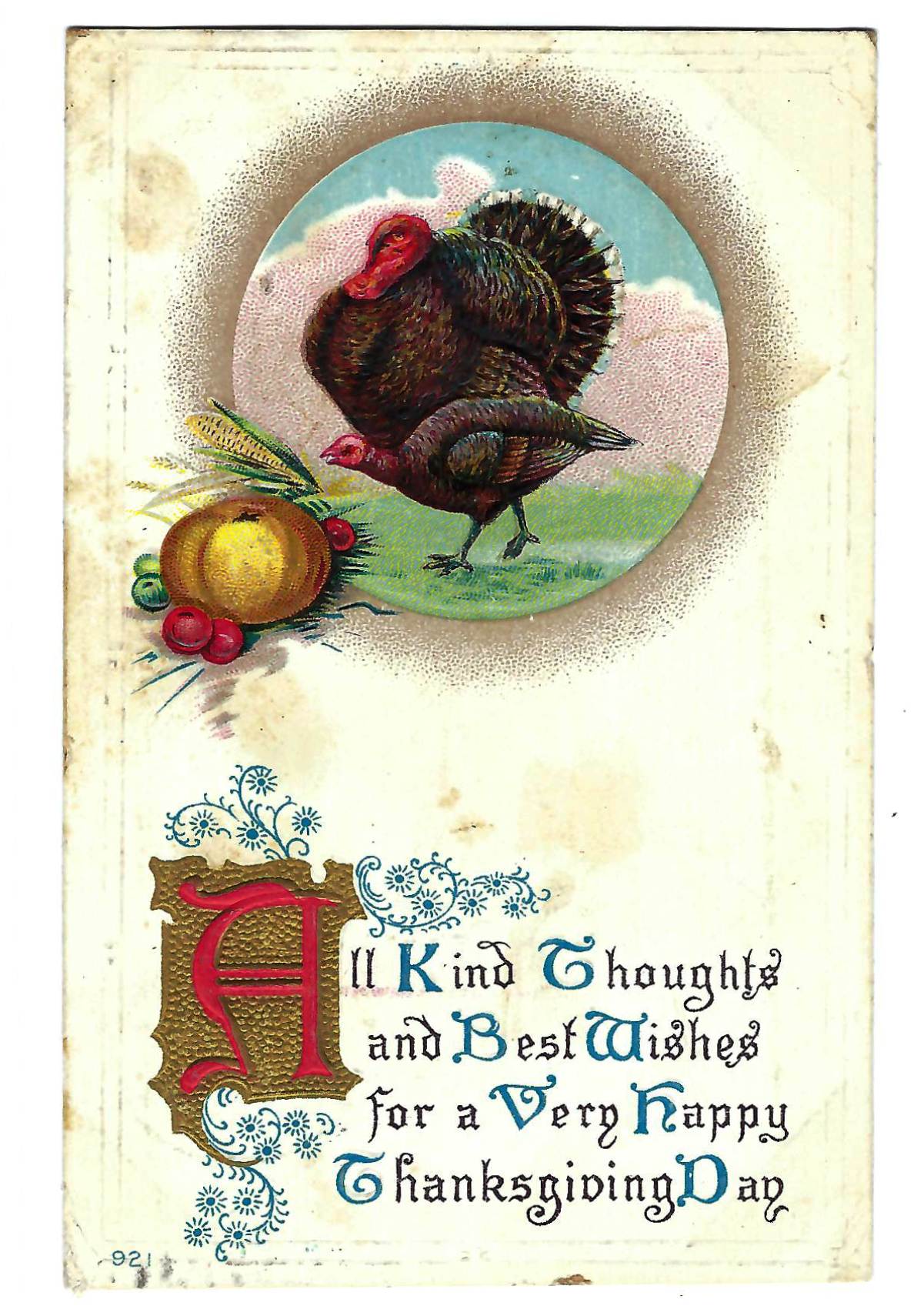By MICHAEL BUSHNELL
Northeast News
May 29, 2013
Published by the Missouri Pacific & Iron Mountain Railroad by Buxton & Skinner Litho, St. Louis. This promotional postcard bears the heading: “The Missouri Pacific between St. Louis, Kansas City and Colorado, the Highway to the Heights.”
The Missouri Pacific was born in 1852 in St. Louis at a festive groundbreaking attended by local dignitaries and a handful of businessmen. The railroad grew exponentially, capitalizing on the westward expansion that was taking the country by storm. By 1855, track had been laid as far west as Jefferson City, Mo., linking the “MoPac” with numerous smaller carriers in central Missouri. By 1858, the end of the line was extended to Tipton, Mo., then the eastern terminus for a new overland mail route to San Francisco.
The onset of the Civil War in 1860 caused the newly christened company to slow its growth dramatically as a good percentage of its line was destroyed by battles throughout the state. Shortly after the war, however, on Sept. 19, 1865, the last spike was driven connecting Kansas City and St. Louis. The following day a train departed from Kansas City at 3 a.m. and arrived in St. Louis at 5 p.m. The Route of the Eagles was born. Over the next 120 or so years, the railroad became the backbone of a network of lines throughout the Midwest and south.
By 1928, MoPac’s lines spanned Missouri, Kansas, Iowa, Nebraska, Texas, Oklahoma and Louisiana. Smaller spur lines connected smaller towns along the line and connections could be made with other rail carriers for destinations outside Missouri Pacific’s network. During the 1960s and 70s, passenger train ridership dwindled and the MoPac placed a heavier reliance on freight in order to survive. In 1980, the Missouri Pacific, the Western Pacific and the Union Pacific filed formal merger documents with the Interstate Commerce Commission. In 1997, The Missouri Pacific and Union Pacific filed formal merger documents making the “UP” the surviving entity of more than 140 years of rail history.
The card was never mailed. This postcard is significant to Missouri Pacific history as it recognizes the 1917 “merger” (acquisition out of receivership would be more apt) of the St. Louis, Iron Mountain & Southern Railroad by the Missouri Pacific. There’s really no way to tell where this specific section of track is located. The route from St. Louis to Kansas City largely followed the Missouri River to Kansas City. After departing Union Station, the route followed the old Santa Fe Trail into Kansas through Council Grove, then headed directly west through Kanapolis, Hoisington, Scott City and on to Pueblo, Colo., where it linked with the Denver & Rio Grande Railroad.


















